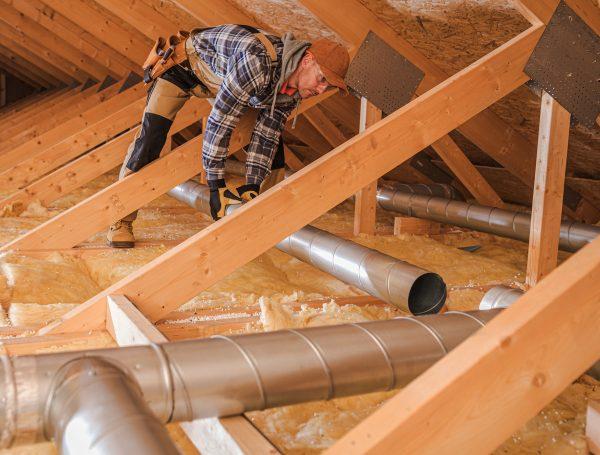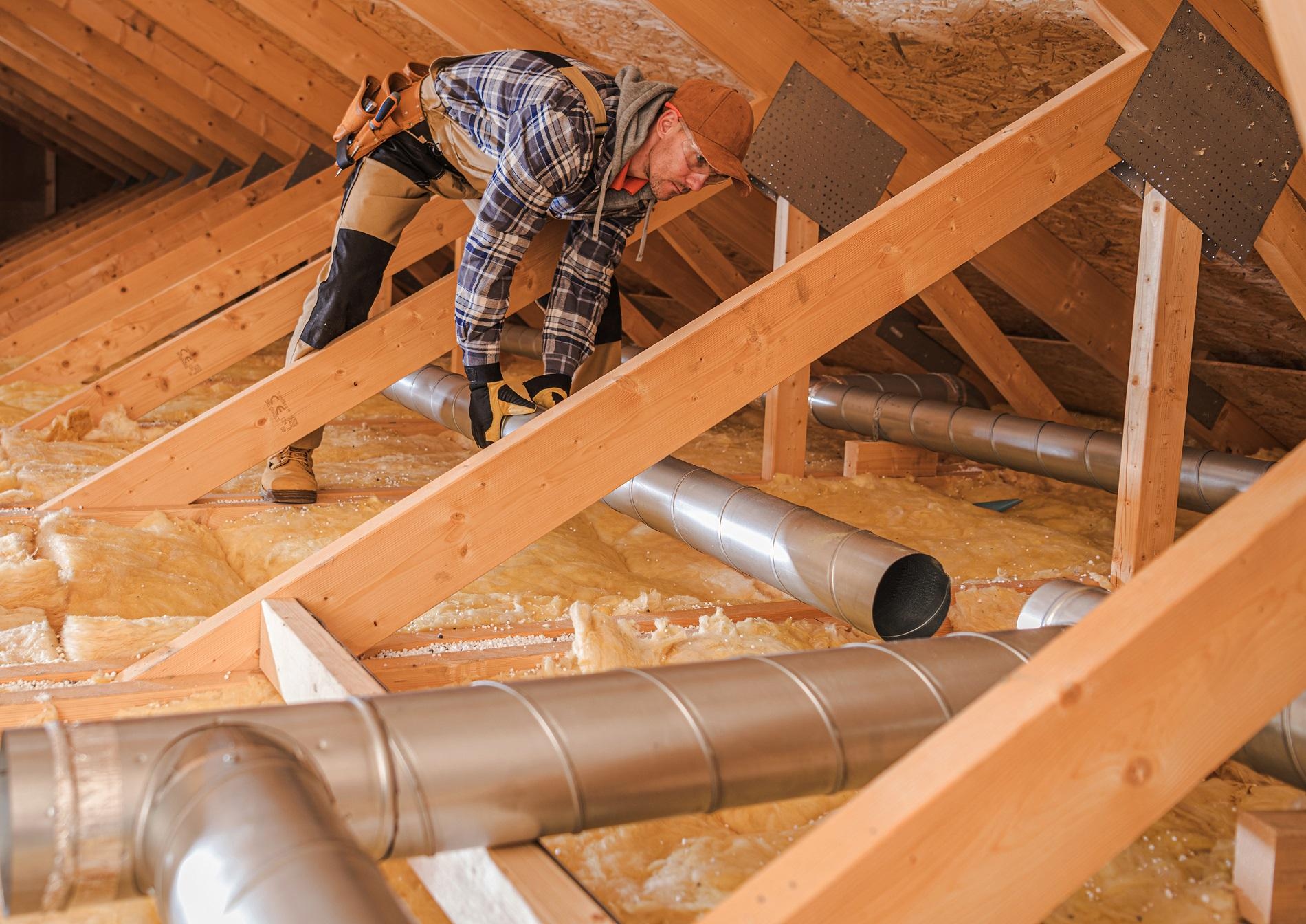How To Repair Ductwork in Crawl Space?
You may be kept warm in the winter and cool in the summer by the network of ducts that runs throughout your home and distributes air from the furnace to every room, but if your ductwork is broken, you are squandering energy, which only costs you money.

Instead of sending air to the correct location in your home, damaged ductwork permits air to escape. Your home’s ductwork may not be sufficient for modern, high-efficiency HVAC systems if it is an older house.
Around 15 years after installation, ducts, and the accompanying parts—joists, seams, and seals—start to degrade. They reach their peak usage after 20 to 25 years.
For a homeowner, replacing outdated ductwork is not a difficult task, but it will need some skill to perform. The hardest portions of the project will be taking measurements and putting them beneath the home.
The Importance of Crawl Space Repair Service
Repairs to the crawl space are crucial. You run the danger of causing structural damage to your house if you don’t use a crawl space repair service. Additionally, the moisture and humidity in your room wreak havoc on the wood and wet spots, leading to the formation of mold and perhaps even wood rot.
Take things into your control by contacting crawl space repair services to stop the damage before it gets worse rather than allowing your crawl space to deteriorate in such bad circumstances.
Huge advantages come from adding ducting insulation to your HVAC system. It reduces utility costs, saves energy, and guards against crawlspace condensation problems. Overall, your house and finances become more comfortable.
Signs That Your Ductwork in Crawl Space Needs to be Replaced
A few more signs that the ducting needs to be updated include:
- You have ducts that are older than 15 years.
- Your house is very dusty, or your allergies are worse there.
- You have no control over the temperature in particular places.
- Crushed conduits are seen.
- When your HVAC system is cooling or heating, you notice a heavy musty smell.
Crawl Space Ducting That Works Best
There are a few different ducting alternatives that may be employed for a crawl space. But not every one of these choices is the same. The optimum ducting choice should be selected to guarantee that your crawl area is ventilated adequately.
The mini-split system is a well-liked crawl space ducting solution. Small, flexible ducts used in this technology are simple to install in constrained places. The mini-split system may be employed in some scenarios and is also reasonably priced.
The inline fan system is an additional choice that is frequently utilised for crawl space ducting. Larger, stiff ducts, which are more challenging to install, are used in this system. The inline fan system, however, is more effective and capable of moving more air compared to the mini-split system. The forced-air system is the last possible choice for crawl space ducting.
Replacing Ductwork in Crawl Space
Ensure that everything is the right length before beginning when you go beneath the home. Place all of the ductwork in the crawlspace after having it properly lengthened.
Put the trunk line up. Specifically, this is the sizable shaft that protrudes from the boiler or air conditioner. The trunk line should be hung from the straps along the joists that make up the floor.
A head bit is required to join the straps holding the trunk line to the joists to the screw, which is often a head screw. The supports should be placed on each additional floor joist as this would lessen rattling.
Where they will depart the trunk line and go to the floor mounts, all holes must be cut. The floor mounts may not have needed to be taken out, but if they did, it is better to install them on the subfloor before you begin hanging the ductwork. You’ll receive additional help from it.
Place a clamp on the farthest vent line. Clamps are a standard component of all ductwork systems. Apply duct tape around these clamps. This will guarantee that no air escapes and increase the system’s efficiency. In the same manner, secure the vent to the floor mount.
It ought to easily slide into the tube and fasten. Use duct tape to seal. Continue in this manner until every vent has been completed.
The support straps will help to sustain the new ductwork. These are going to be strung between the floorboards. You just need to screw the brackets into the floor joists since the ductwork will fit into the space between them. These should be spaced around four feet apart.
Repairing Ductwork in Crawl Space
There’s a considerable probability that the ducting in your home that runs through the crawl area will eventually need to be repaired. Given the amount of use and abuse it receives, ductwork frequently develops leaks or holes. What you need to know if your ducting needs to be repaired.
You must first pinpoint the troublesome region. This may be done with a duct camera or by visually checking the ductwork. You must fix the issue after you’ve identified it.
The ductwork part can be changed, or the hole can be patched. You don’t want to exacerbate the issue, after all.
Maintaining Ductwork in Crawl Space
Give your house a tour one evening. Examine your ducts and the area under your house. Keep an eye out for any holes, damaged ducts, or missing ducts. Check to see if you can detect air flowing improperly by turning on your HVAC system.
By routinely vacuuming your registers, you can preserve your duct system as well. Keep them clear of any lurking toddler-sized dust bunnies. Take a look at how close your draperies and furnishings are to your vents. Make sure the air-pumping channel for your registers is unobstructed.
Think about purchasing new return-air grills if your existing ones appear to be compromised. To increase return air, consider undercutting your doors as well.
